These Historic Landmark Buildings Around the Country Have Become Homes to Cutting-Edge Art
When philanthropist and art collector Steve Wilson and his wife, Laura Lee Brown, first dreamt up the 21c Museum Hotel in Louisville, Kentucky, it was conceived as a one-off. Located in the city's historic district, the hotel also serves as a means to share the couple’s love of art, as well as their impressive and ever-growing collection (which is as challenging and progressive as anything New York has to offer), with a wider, underserved audience. But there was also a pressing civic duty, one tethered to a shared personal history with the land. The couple sprung into action after they watched Kentucky’s farmland fall victim to a careless suburban sprawl, while Louisville’s once vibrant downtown scene fell into a near comatose state. 21c offered an opportunity to revitalize the American downtown, and soon the couple expanded their brand to other cities across the country with the help of Deborah Berke Partners, the architecture and interior design firm that's been with the rapidly growing hospitality brand from its beginning in 2006.
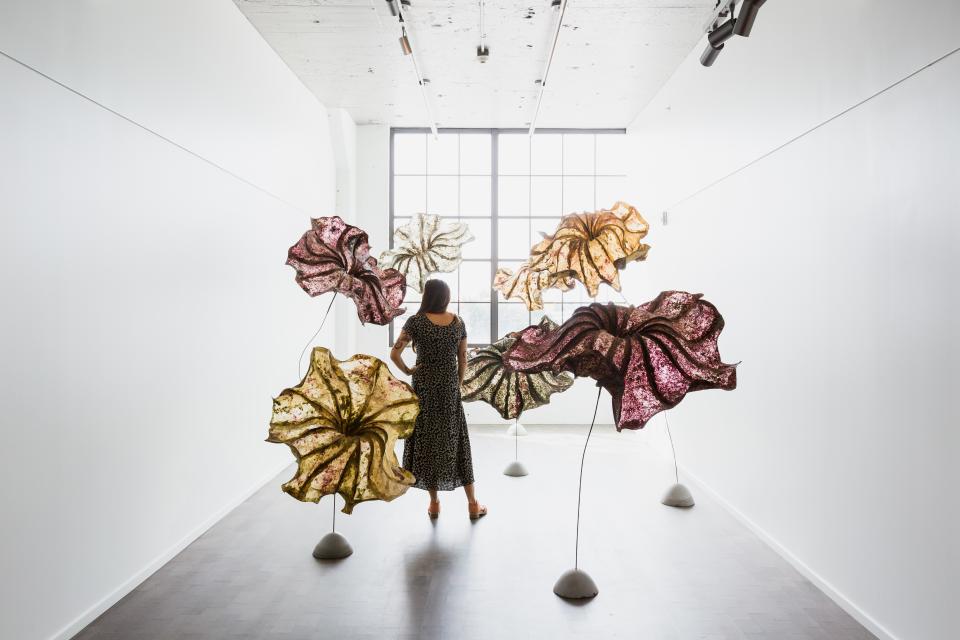
Today, there are eight locations, spread across Louisville, Kentucky; Cincinnati; Bentonville, Arkansas; Durham. North Carolina; Lexington, Kentucky; Oklahoma City, Nashville, and Kansas City (a string of cities that Berke and her team affectionately refer to as the Iced Tea Belt—“they always automatically pour you iced tea in that part of the country”) with St. Louis, Des Moines, and Chicago set to open by the end of the year or early next. All of the locations are, notably, situated in the South and Midwest—an intentional choice that aims to bring cutting-edge contemporary art to areas that traditionally aren't served by a strong art world presence, and whose downtowns could better profit from their presence than cities like New York or Los Angeles.
Berke was enticed to come aboard by two important areas of interest she vehemently shares with Wilson and Brown. The first was the love of provocative contemporary art, which gives the hotel its name—21c references art made in the 21st century. “We named it that because a lot of people don’t know the difference between modern and contemporary art, but contemporary art is now, and we go beyond that by saying ‘living artists,” says Wilson. “The second area,” adds Berke, “is my strong interest in adaptive reuse, as both an architectural idea and a tool for revitalizing the urban core, where you keep great old buildings but you bring new life to them.”
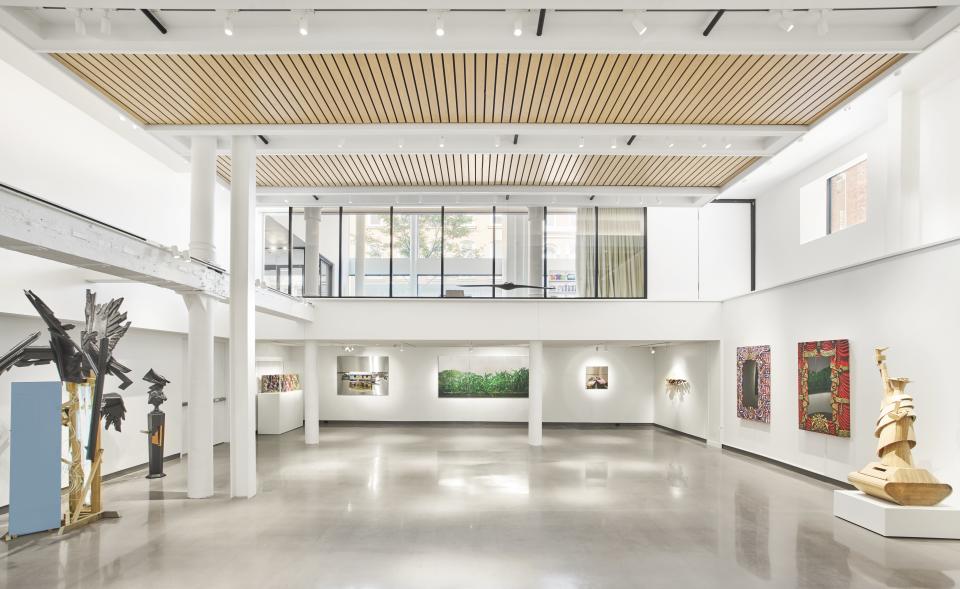
The Louisville flagship space, for instance, is the product of five separate buildings, mostly 19th-century tobacco and bourbon warehouses, which Berke and team transformed in a way that both honors history and establishes an entirely new creative identity. Berke playfully calls this penchant for renovating or adaptively reusing buildings by major American architects “posthumous collaboration.”
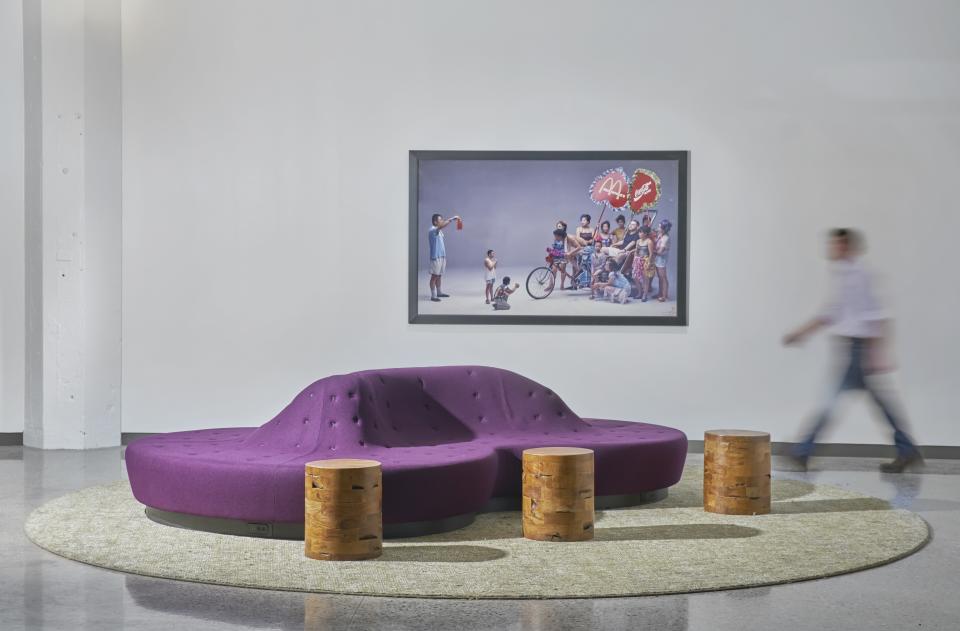
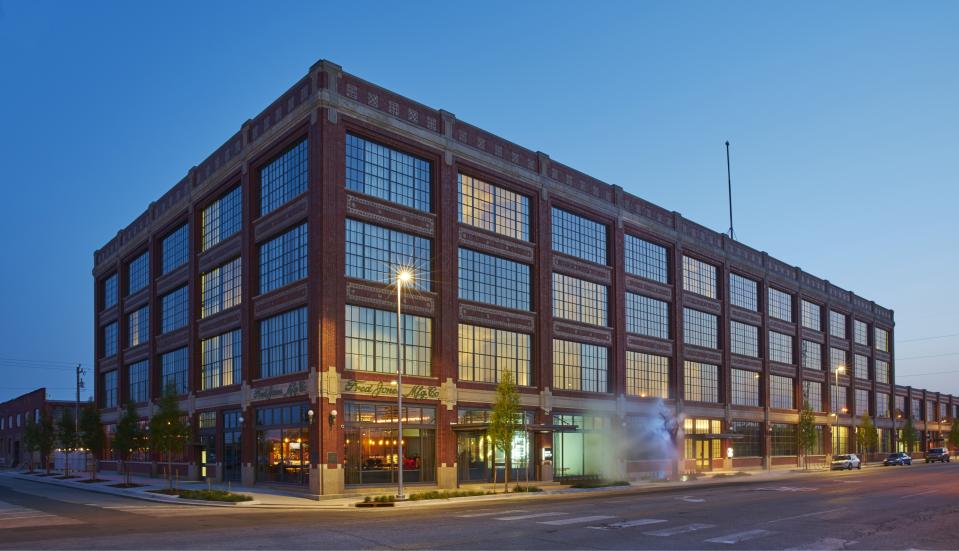
For 21c Durham, Berke took over the Hill Building, a prominent piece of historic architecture in the city. Built in 1937 by Shreve, Lamb & Harmon—the architecture firm responsible for the Empire State Building—the Art Deco structure served as a bank for decades before being transformed into the boutique hotel. Elements of the original structure remain incorporated into the design, including the original terrazzo floors, mahogany paneling in the original lobby, and the bank vault in the basement that has been turned into a speakeasy lounge.
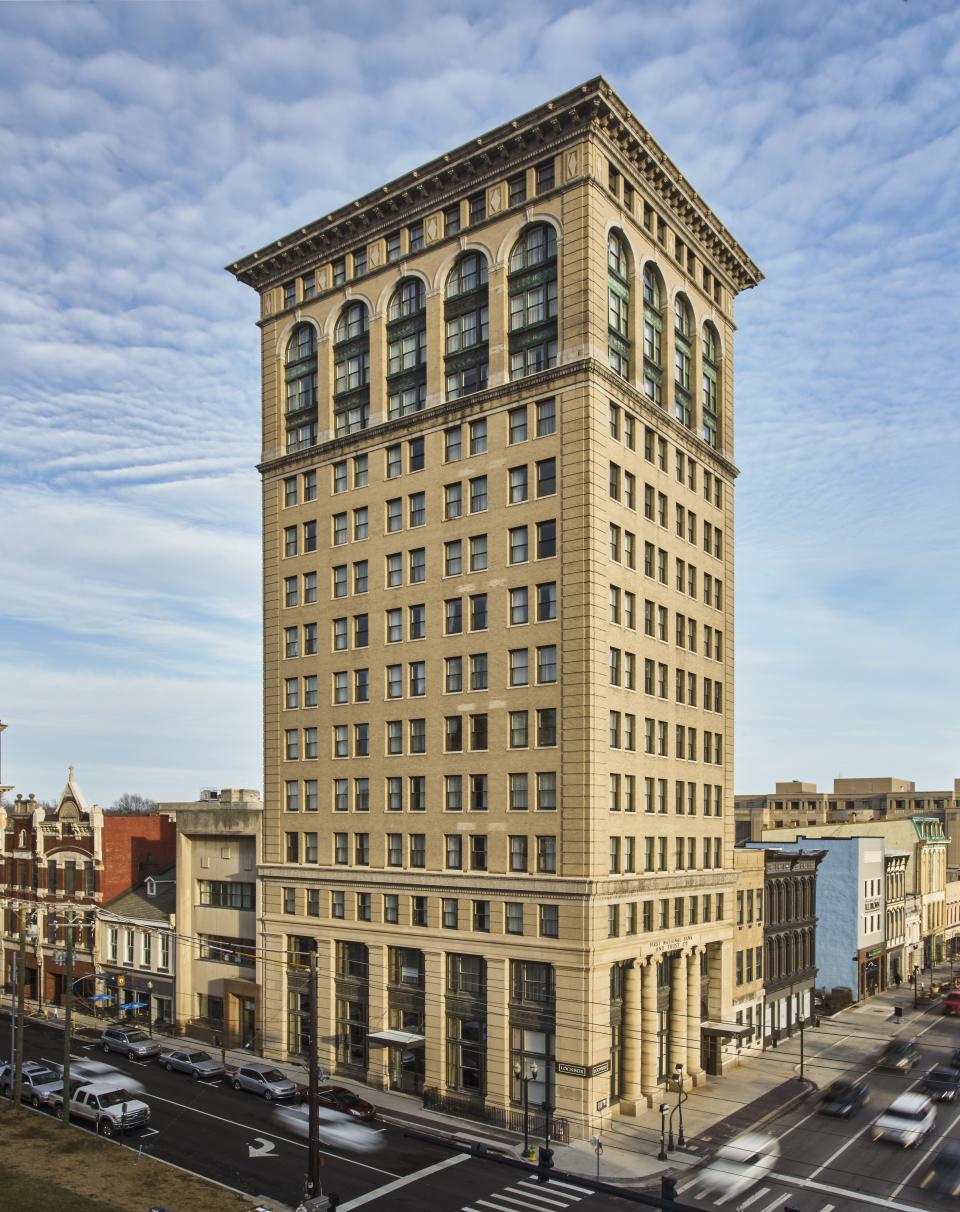
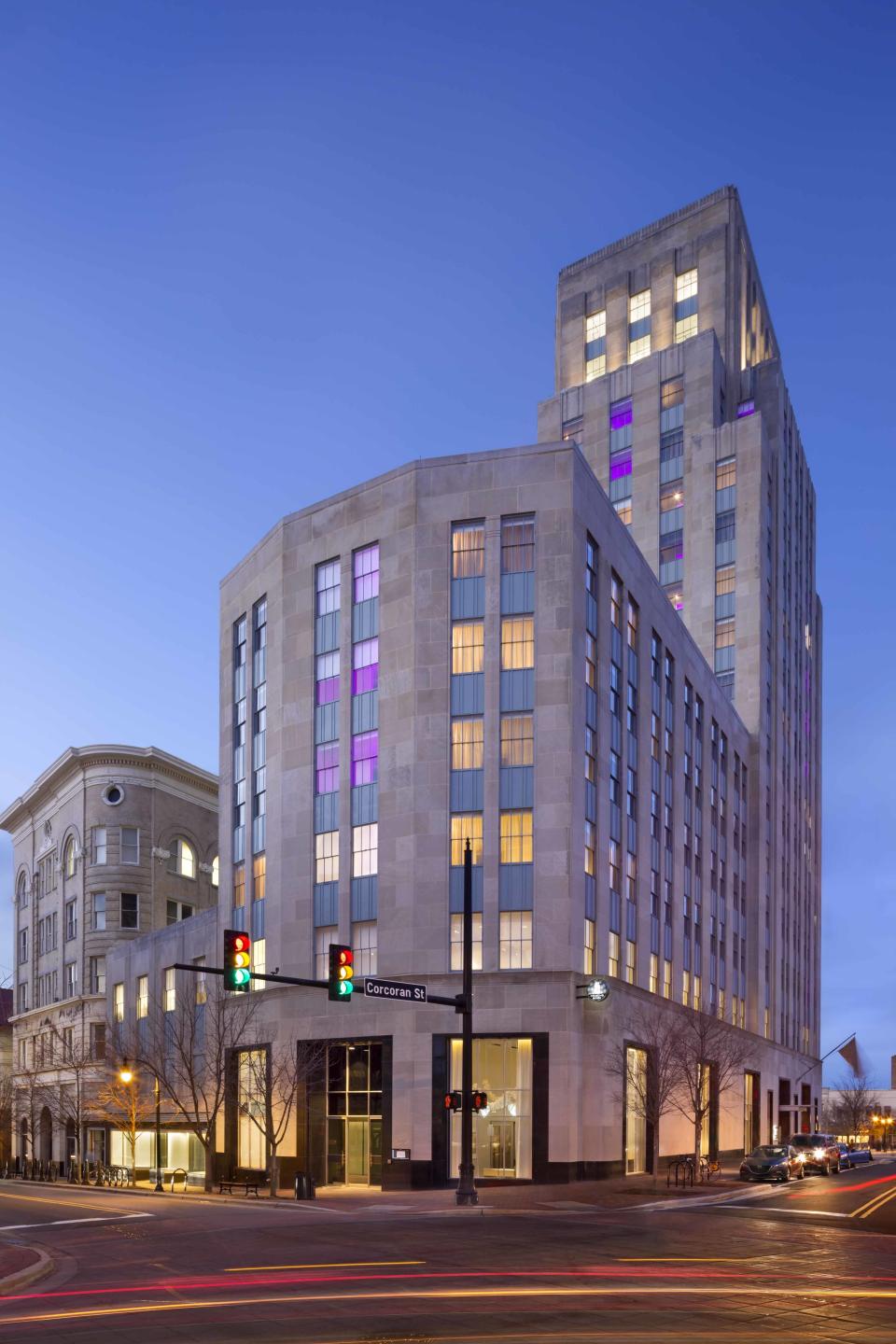
In Lexington, Berke honored McKim, Mead & White’s original design for the historic Fayette National Bank Building by highlighting the grandeur of the former banking hall, and referencing the sophisticated feel of old clubhouses in the design. Similarly, the 21c in Oklahoma City transformed the Albert Kahn–designed former Ford Motor Company manufacturing building where the Model T was assembled into a light-flooded artful oasis. “St. Louis is going to be in an old YMCA,” says Wilson of the former boys’ club (built in 1926 by LaBeaume & Klein architects). “The chic ballroom will have the running track around the top of it, and the squash courts will be suites with the original squash court wall marks intact. It’s gonna be great.”
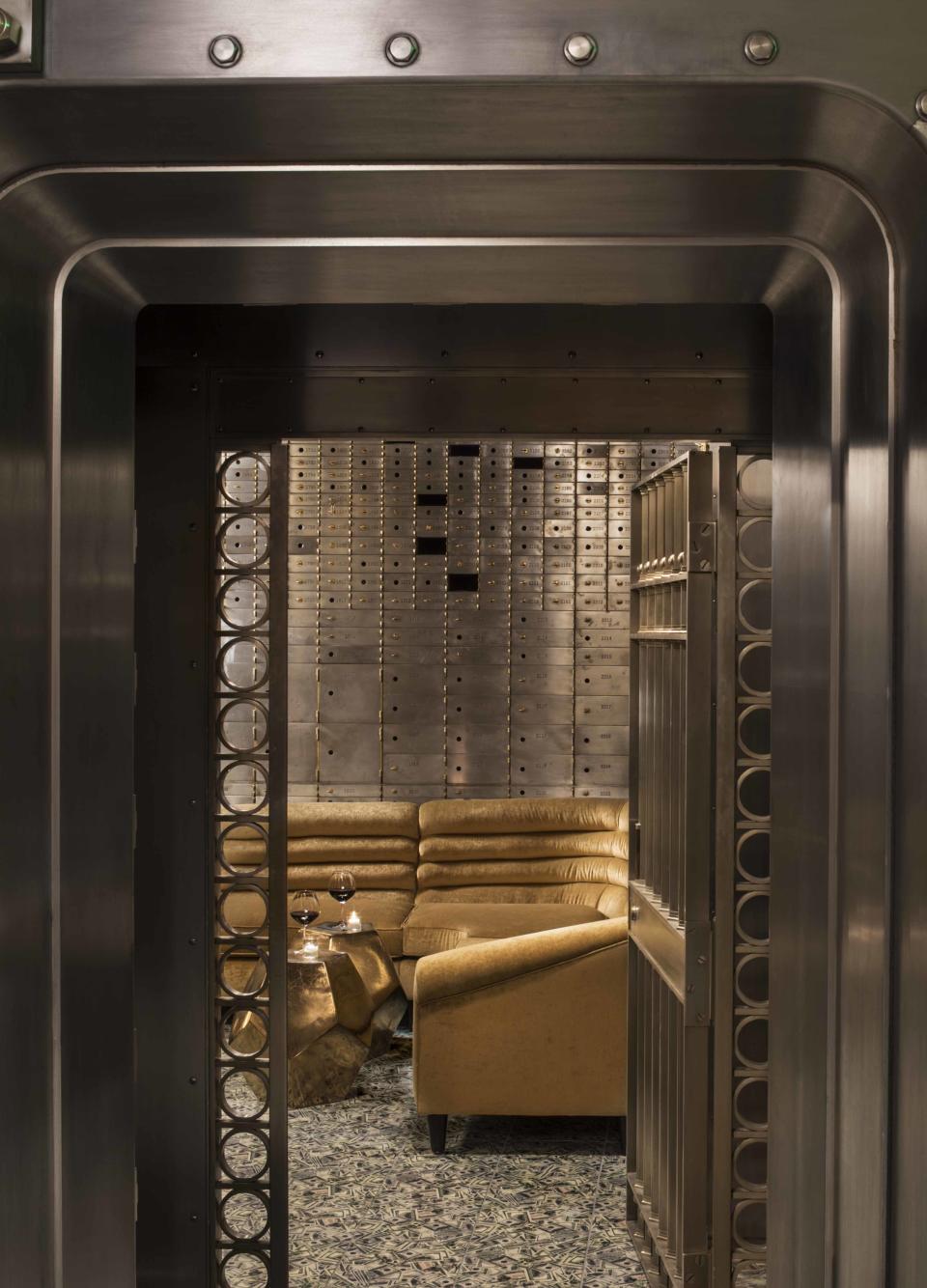
Labor and Materials, the latest group art exhibition at 21c Louisville, which runs through March 2020, originally premiered at the spacious, light infused Oklahoma City venue in June 2016 and also ran for a full year. This traveling show, curated by the encyclopedic in-house curator Alice Gray Stites, speaks directly to the brand and its founders’ interests, not only in commenting on the pitfalls of industrial transformation and our changing economic landscape, but reinforcing their passion and ingenuity for actually doing something positive about it. “Steve and Laura Lee, profoundly devoted to their hometown, wanted to bring some new life downtown,” says Berke. “Something forward-looking, but welcoming: cutting-edge art mixed with Southern hospitality. And the art wasn’t a marketing strategy; it’s truly what they’re passionate about.”
Originally Appeared on Architectural Digest

